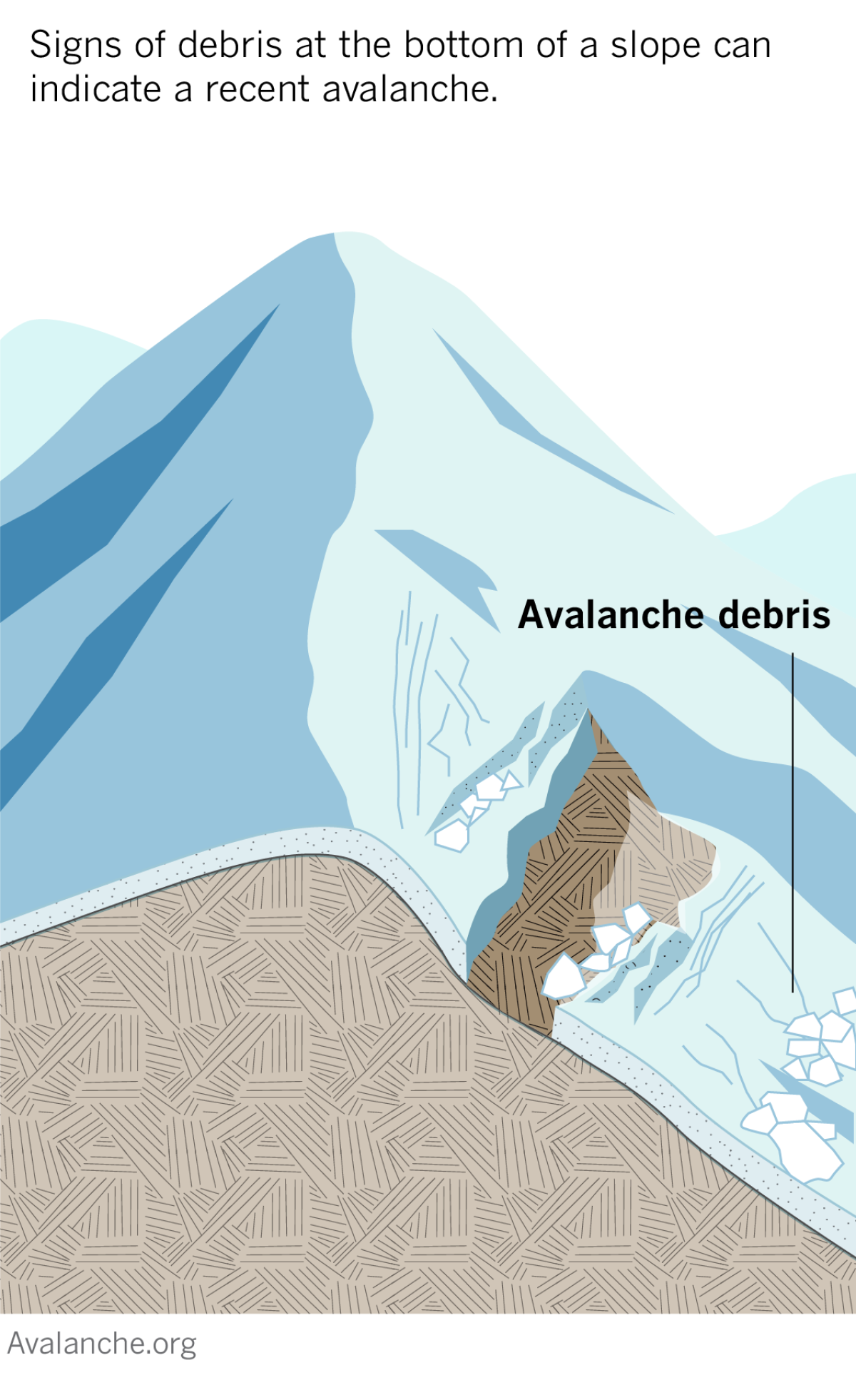Sign up for Essential California
The most important California stories and recommendations in your inbox every morning.
You may occasionally receive promotional content from the Los Angeles Times.
Salvador Hernandez is a reporter on the Fast Break Desk, the Los Angeles Times’ breaking news team. Before joining the newsroom in 2022, he was a senior reporter for BuzzFeed News, where he covered criminal justice issues, the growing militia movement and breaking news. He also covered crime as a reporter at the Orange County Register. He is a Los Angeles native.
Lorena Iñiguez Elebee is a senior data and graphics journalist at the Los Angeles Times.
More From the Los Angeles Times
Podcasts
John Orr was a renowned fire investigator who was also a prolific arsonist, and whose thinly veiled novel helped to convict him. In this episode we hear from the fire captain who first suspected him—and from Orr himself.
Tom Girardi was a legal legend—until he was found guilty of stealing millions from his own clients. Host Madison McGhee and pop culture commentator Kiki Monique unpack how his downfall became a Real Housewives scandal, and what Erika Jayne may or may not have known. Plus, L.A. Times reporter Harriet Ryan joins to share how she helped bring Girardi’s crimes to light.
Sammy Roth visits America’s second-largest nuclear plant, Arizona’s Palo Verde Generating Station, and sits down with three experts to explore the pros and cons of atomic energy.




















